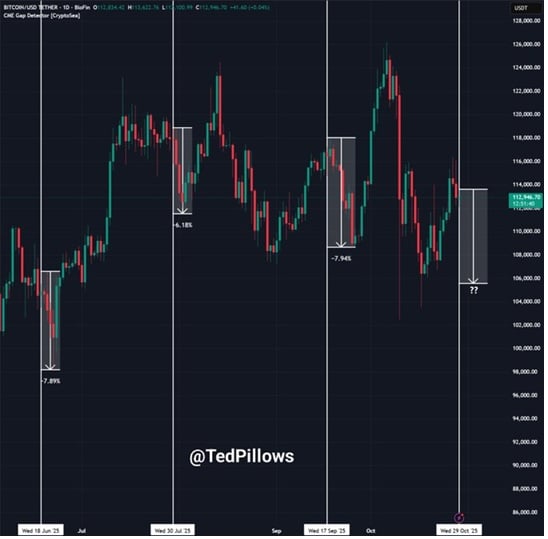Key Takeaways
What is AxCNH, and why is it significant?
AxCNH is the first stablecoin pegged to the offshore Chinese yuan (CNH), launched by AnchorX in Hong Kong.
Who else has recently launched a stablecoin?
South Korea’s BDACS introduced KRW1, a won-pegged, overcollateralized stablecoin, signaling regional competition in the stablecoin race.
The global race to dominate the stablecoin market just gained a surprising new contender, and that is China.
Once known for its sweeping crypto bans, the country is now stepping back into the spotlight through Hong Kong.
At the 10th Belt and Road Summit, Central Asia–based issuer AnchorX unveiled AxCNH, the world’s first stablecoin pegged to the offshore Chinese Yuan (CNH).
The project carried a license from Kazakhstan’s Astana Financial Services Authority (AFSA).
It has already secured partnerships with major firms such as Lenovo, Zoomlion, and Conflux, signaling ambitions that extend far beyond Asia, from cross-border trade to real-world asset tokenization.
How will AxCNH benefit the Chinese ecosystem?
The launch of AxCNH, pegged to the offshore Chinese yuan, is designed to facilitate cross-border transactions with countries engaged in China’s Belt and Road Initiative (BRI).
This massive infrastructure program aims to connect China with the Middle East and Europe through physical trade routes, while also expanding maritime links with other regions.
Zoomlion, one of the partners, tested AxCNH transactions on the Conflux blockchain and will use it to streamline payments with BRI partners.
AnchorX also secured a listing on ATAIX Eurasia, where AxCNH trades in AxCNH:KZT and AxCNH:USDT pairs, limited to professional clients.
By positioning AxCNH as a settlement tool, China is signaling its intent to challenge the dominance of U.S. dollar–backed stablecoins in global trade.
Stablecoin market current dynamics and prediction
Well, the timing is critical because the stablecoin market, now valued at nearly $300 billion, already represents around 7.5% of the total crypto industry.
In fact, analysts further projected that by the end of 2026, the sector could soar toward the $1 trillion mark.
Though China’s AxCNH offers investors a new diversification option beyond USDT and USDC, obstacles loom large.
Challenges ahead
China’s strict capital controls, limited offshore CNH liquidity, and global regulatory skepticism could hinder adoption.
Moreover, geopolitical tensions may complicate its acceptance outside Asia, where U.S. dollar–backed stablecoins remain dominant.
Adding to the momentum, South Korea has also entered the race with KRW1, a stablecoin pegged to the won and launched by digital asset infrastructure provider BDACS.
Like AxCNH, KRW1 is overcollateralized and backed 1:1 by fiat deposits or government debt, reflecting a growing preference for stability and transparency in the sector.
Meanwhile, regulators elsewhere are also shaping the stablecoin landscape.
In Australia, the ASIC has unveiled a new licensing exemption for intermediaries distributing certain stablecoins, including the AUDM issued by Catena Digital.
Will the U.S. lose its ground?
Despite the competition, the U.S. dollar’s dominance in stablecoins will not vanish quickly.
In emerging markets, stablecoins act as lifelines against inflation, devalued currencies, and costly remittances. In developed economies, they are evolving into yield-bearing financial products.
This dual nature reflects both their utility and their potential as an investment vehicle.
Source: https://ambcrypto.com/chinas-axcnh-stablecoin-vs-u-s-dollar-tokens-who-controls-the-300b-market/



